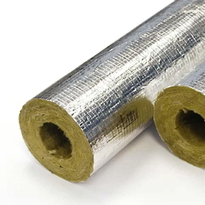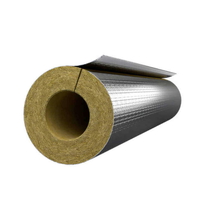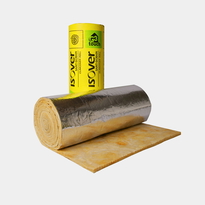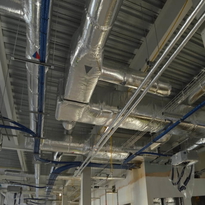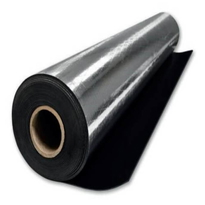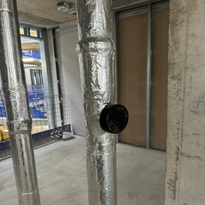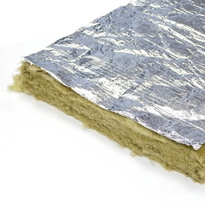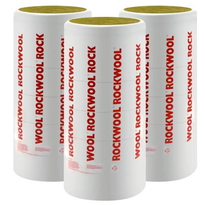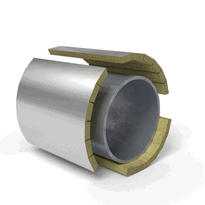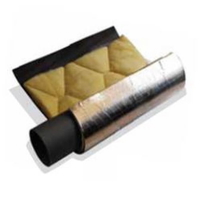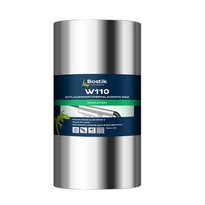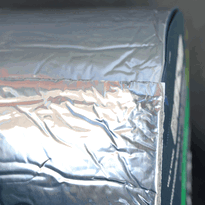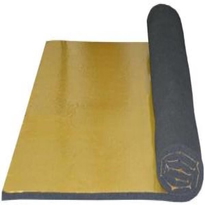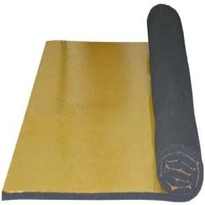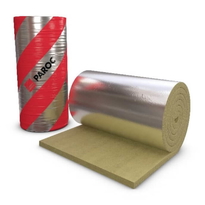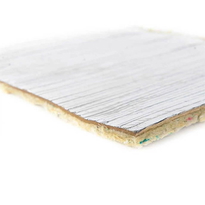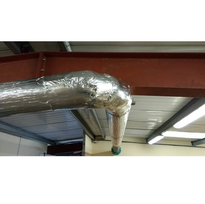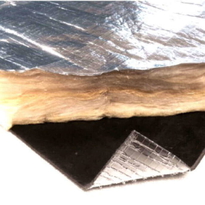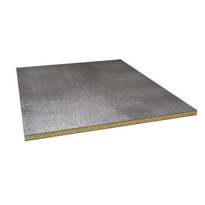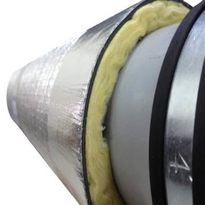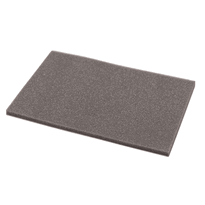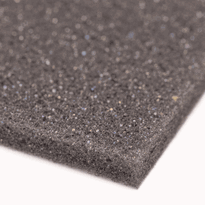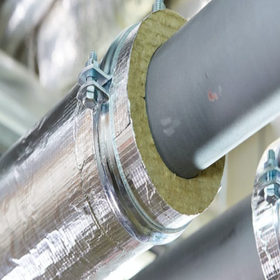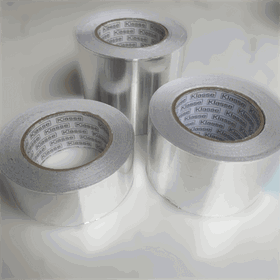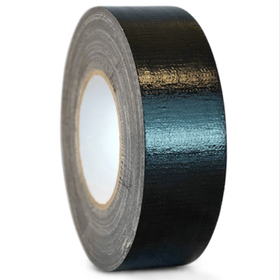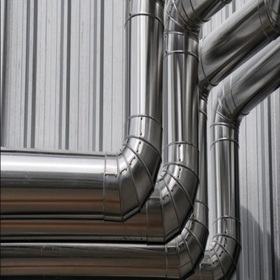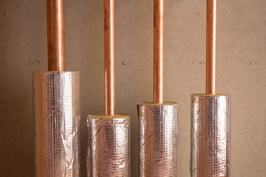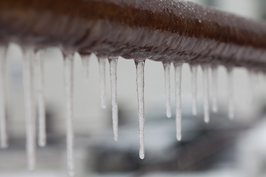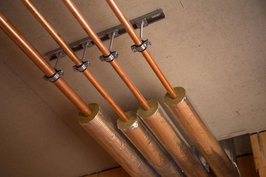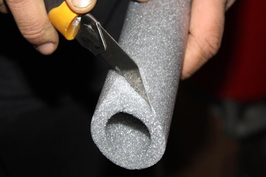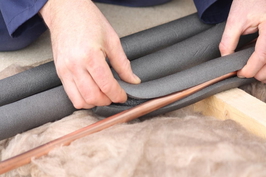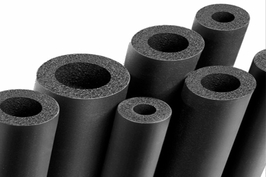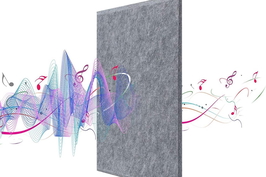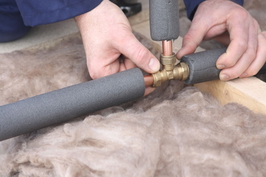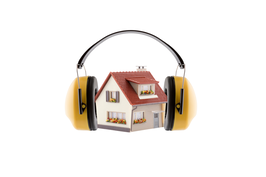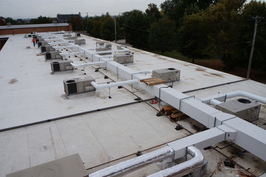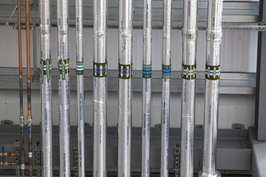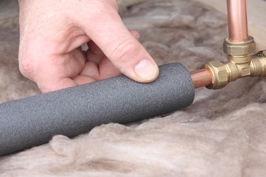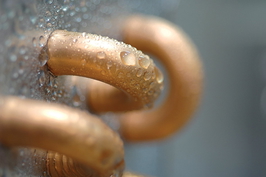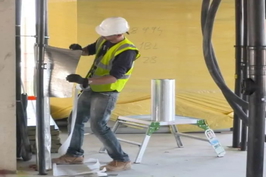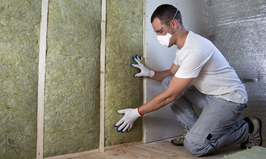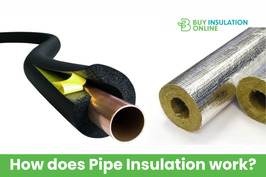Similar Categories
Understanding the Material Composition of Acoustic Rubber Insulation
The material composition of acoustic rubber insulation plays a crucial role in its performance and durability. Common materials include nitrile butadiene rubber (NBR) and ethylene propylene diene monomer (EPDM).
These rubbers are selected for their strength and resistance to moisture and chemicals, making them dependable for long-term use. EPDM, in particular, boasts a high temperature threshold, UV resistance, and chemical stability, rendering it suitable for outdoor or damp environments. Additionally, these materials have excellent sound-absorbing properties, which enhance their effectiveness as acoustic insulators. Both types of rubber feature a closed-cell structure that prevents water from infiltrating, thereby reducing the risk of mould. Some formulations incorporate additives to enhance UV protection or microbiological stability.
How Vibration Dampening Enhances Acoustic Performance
Vibration dampening plays a crucial role in enhancing acoustic performance, particularly when utilising materials such as rubber insulation. By minimising vibrations and resonance, it reduces noise generated by moving equipment or structural vibrations. Neocork Anti-vibration Plates are highly effective for vibration isolation, further contributing to noise reduction in various settings. Rubber and cork-rubber composites are frequently employed due to their elasticity and damping properties, which effectively help to block sound transmission. These materials are applied in buildings, industrial environments, and commercial spaces to foster quieter surroundings. Dampening vibrations not only elevates overall noise reduction but also enhances comfort, making spaces more inviting. Rubber foam mats and underlays are particularly effective in flooring and wall applications, preventing sound from travelling between rooms.
Tips for Effective Installation of Acoustic Rubber Pipe Wraps
Proper surface preparation is essential for effective installation, as clean, dry pipes ensure that the insulation bonds well and performs optimally.
Inspecting for damage and removing sharp edges helps prevent future issues and protects the insulation from punctures.
Sealing joints correctly with the appropriate adhesive guarantees a continuous barrier, reducing noise transfer and preventing moisture from entering.
Prep Pipe Surface
Before applying acoustic rubber pipe wraps, inspecting and preparing the pipe surface is essential to ensure a secure and effective installation. Visual and tactile checks help identify debris, rust, oil, or damage that could affect adhesion or insulation performance. It's important to document the pipe’s condition beforehand. Ensure the surface is dry, as moisture can cause the adhesive to fail. Cleaning should involve removing loose dust or debris with a dry cloth or brush, and oil or grease should be degreased with approved cleaners. Avoid using abrasive tools that could scratch the surface. If necessary, smooth rough edges with sandpaper or repair small damages to improve contact. Confirm that all preparations, including surface cleanliness and dryness, are complete to ensure that the wrap will adhere properly and function effectively. Properly prepared surfaces maximize insulation efficiency and help prevent future issues with soundproofing performance.
Seal Joints Properly
Ensuring that joints are properly sealed is a critical step in installing acoustic rubber pipe wraps. Proper sealing prevents air leaks, reduces noise transmission, and improves insulation efficiency. To achieve this, surface preparation is key—clean joints thoroughly, ensure they are dry, and inspect for proper alignment. Lightly roughen smooth edges to help sealants adhere better. Use adhesives specifically designed for acoustic applications, ensuring they offer flexibility and vibration resistance. Apply sealant steadily, smoothing it out with a finishing tool for a tight fit. It’s also advisable to layer sealants at critical joints, creating a double barrier against leaks. Additionally, follow these tips in the table below to ensure a reliable seal:
| Sealant Tip | Best Practice |
|---|---|
| Surface Preparation | Clean and dry for maximum adhesion |
| Sealant Application | Apply continuous bead, smooth out |
Benefits of Combining Thermal and Acoustic Insulation Solutions
Combining thermal and acoustic insulation solutions offers several significant benefits for buildings in the UK.
It can reduce construction costs by utilising materials that serve both purposes, minimising the amount of material required and streamlining installation. This approach also results in long-term savings through lower energy bills and reduced maintenance, making buildings more sustainable and resilient.
Employing combined insulation materials enhances durability and helps meet environmental standards, thereby reducing the overall carbon footprint. Materials that serve multiple functions are often more sustainable, further supporting eco-friendly construction practices.
It also elevates indoor comfort by maintaining stable temperatures and minimising noise disturbances, creating a more welcoming environment for occupants.
Furthermore, integrating different types of insulation simplifies building design, allowing for more versatile material choices that can streamline construction processes.
Noise Reduction in Industrial and Commercial Settings
Rubber insulation provides effective vibration dampening, which helps reduce noise generated by pipes and machinery in industrial and commercial environments. Its strong acoustic performance capabilities allow it to absorb sound waves and lower noise levels significantly. Rubber's density and elasticity contribute to its ability to block sound transmission, making it highly suitable for soundproofing applications where noise reduction is critical.
Vibration Dampening Benefits
Vibration dampening plays an essential role in reducing noise and vibrations in both industrial and commercial environments across the UK. Rubber sheets and pads are common solutions as they effectively absorb and distribute vibration energy. These materials are widely utilised in factories, power plants, and manufacturing facilities where machinery noise levels can be high. Rubber offers a cost-efficient method to control vibrations and enhance safety. Its versatility allows for applications in piping, machinery mounts, and various other equipment. Additionally, rubber aids in meeting noise regulations by minimising sound transmission, thereby creating safer and quieter workspaces. Durable and straightforward to install, rubber solutions require minimal maintenance, making them practical choices for busy industrial settings. Rubber's flexibility also allows it to be customised to fit various shapes and surfaces, ensuring effective vibration control across diverse applications.
Acoustic Performance Capabilities
Acoustic performance capabilities are essential for reducing noise in industrial and commercial environments. Rubber’s natural properties absorb sound energy through molecular friction, helping to cut down airborne noise transmission. Noise is More Than a Nuisance Many facilities also face penalties and structural issues if noise standards are not met, emphasizing the importance of effective sound control. By utilising composite rubber reinforced with hollow glass microspheres (HGM), manufacturers achieve sound transmission loss (STL) of 14.02 to 25.27 dB at thicknesses of 1-4 mm. Denser materials, such as Wavin AS+, enhance absorption by increasing mass and decreasing vibrations. Foam-in-place or pre-formed rubber insulations conform to irregular surfaces, sealing gaps and preventing noise leakage. Multi-layer rubber-acoustic fibre composites combine damping with air-trapping features, providing broadband noise reduction. Testing by reputable laboratories and metrics such as weighted STL ensure these solutions comply with industry standards. These attributes make rubber pipe insulation a reliable choice for effectively managing noise levels in bustling environments across the UK.
Compliance and Safety Standards for Acoustic Insulation Materials
Ensuring that insulation materials comply with safety and performance standards is crucial for both regulatory adherence and workplace safety. Standards such as ISO 15665 and EN ISO 23993 guarantee effective noise reduction and sound absorption. ASTM certifications validate material safety, including fire safety tests such as ASTM E84 and UL 723, which evaluate flame spread and smoke development. Proper insulation also aids environmental objectives by reducing noise pollution and minimising waste.
| Standard | Purpose | Application |
|---|---|---|
| ISO 15665 | Noise reduction procedures | Acoustic pipe, valve, and flange insulation |
| ASTM E84 | Fire safety testing | Flame spread and smoke development in insulation |
| EN ISO 23993 | Sound absorption properties | Noise control in industrial environments |
| UL 723 | Fire safety and smoke control | Insulation material safety standards |
Cost-Benefit Analysis of Rubber Versus Traditional Insulation Materials
When comparing different insulation materials for piping, cost is often a key factor in selecting the right option.
Rubber insulation typically costs more upfront than traditional foam insulation, primarily due to higher material prices. However, rubber offers long-term savings because it's more energy-efficient, reducing heat loss and lowering energy bills over time.
Installation costs are comparable, but rubber’s durability means it requires less maintenance, helping to cut long-term expenses. Its low thermal conductivity ensures better temperature stability and energy conservation.
Rubber also resists moisture and withstands environmental pressures better than foam, resulting in a longer lifespan and preventing damage.
Although rubber’s initial environmental impact is higher, its extended lifespan and recyclability make it a practical, cost-effective choice for those seeking quality and efficiency in the UK.
Maintenance and Longevity of Acoustic Rubber Pipe Insulation
Regular maintenance and careful attention to the lifespan of acoustic rubber pipe insulation are essential for preserving its performance and ensuring long-lasting protection.
Annual visual checks help identify cracks, tears, or surface degradation early. Moisture meters or tactile inspections can detect moisture build-up under the insulation, which may cause damage if left unaddressed. It’s important to check the integrity of adhesives at seams and joints, as vapour barriers can break down over time.
Cleaning should utilise non-acidic cleaners and damp cloths, avoiding abrasive tools that could damage the surface. Minor damage can be sealed with compatible adhesives, while larger sections may require replacement.
Replacing external insulation exposed to UV rays every 5-7 years and regularly conducting thermal imaging can extend the insulation’s lifespan and maintain its effectiveness.
Conclusion
Acoustic rubber pipe insulation effectively reduces noise and dampens vibrations in various settings across the UK. Its durable material ensures long-lasting performance while adhering to safety standards. When installed correctly, it provides both soundproofing and thermal benefits, making it a practical choice for many applications. In comparison to traditional options, acoustic rubber insulation often offers superior vibration control and cost efficiency. Overall, it is a reliable solution for enhancing acoustic performance in industrial and commercial environments in the UK.
